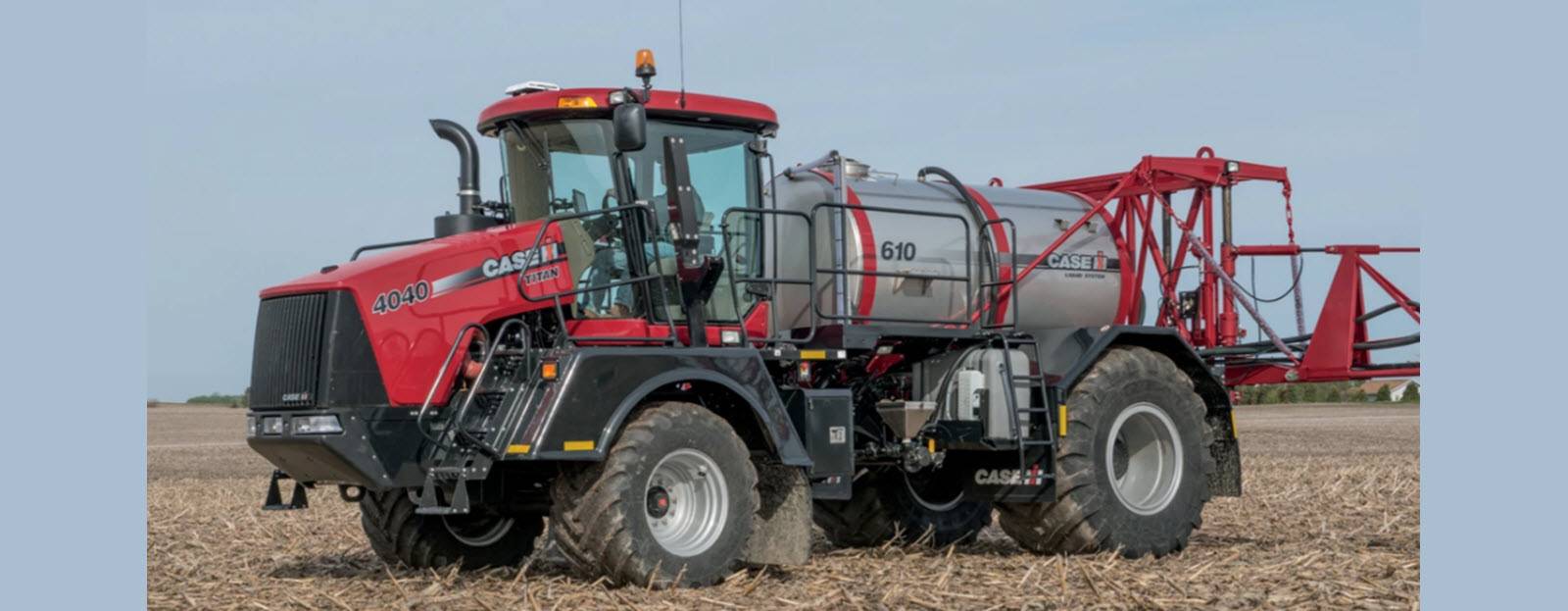
Agriculture is transforming. Today’s farmers are not just tilling the earth and sowing seeds, but integrating modern technologies into their daily routines. Among these innovations, fertilizer applicators are seeing a spike in demand.
Fertilizer applicators, essential machinery for evenly distributing fertilizers in fields, come in various forms – from sprayers to floaters. Their sizes vary, with smaller ones tailored for gardens and larger models designed for expansive fields. The increased use of fertilizers in massive agricultural stretches propels the demand for these machines.
There are several driving factors:
- Technological Advancements: The advent of new, more efficient fertilizer applicator models has increased their market demand. These advanced machines promise better crop yields, making them more attractive to farmers.
- Modernization: Many emerging countries are rapidly modernizing their agricultural sectors. This shift from traditional farming practices has heightened the demand for advanced machinery.
- Government Initiatives: Programs encourage domestic manufacturing, further boosting the local market for fertilizer applicators.
However, it’s not all sunshine and rainbows for the fertilizer applicator market. Some challenges persist. The high cost of these advanced machines, combined with the natural resistance of some farmers to change, can hinder market growth.
Market trends indicate a continuous evolution. Manufacturers are focusing on creating large-capacity, efficient applicators to simplify farm operations. Product differentiation, competitive pricing, and the influx of manufacturers are fueling market competition.
Regionally, Asia Pacific, led by China, dominates the global market in both production and consumption. India trails closely with its booming agricultural sector and economic progression. Wth its advanced agricultural practices, North America also holds a significant market share. Latin America, the Middle East, and Africa are expected to see growth due to economic improvements and diversification initiatives.
